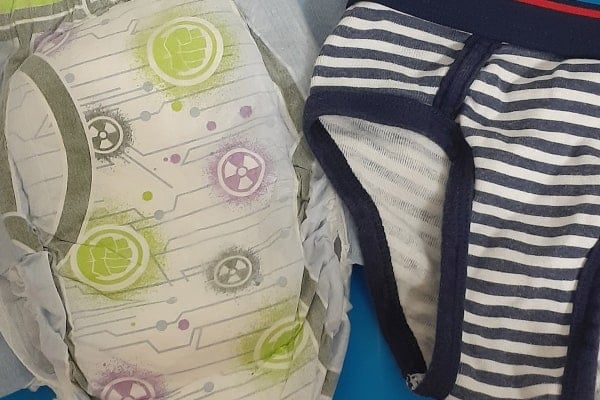What makes a big production, planned a year in advance, run smoothly? A dedicated team of students, a pair of teachers/directors who really click with the class/cast and a key goal in mind: focus on the quality of performance, not the glitz, of the production.
It’s not just about the leading cast, but about the class members who put the extra effort in behind the scenes, working on set design, costume design and creation and supporting fellow students.
The atmosphere at MAD a week before the big opening night is alive and jovial. Students are madly cutting costumes out of great swaths of fabric, weaving cords to tie tunics, arguing about different interpretations of the Bible. It’s a busy and productive atmosphere, and one Graham Rudge, a Grade 12 student, is proud to be involved in. Rudge is one of the leaders in costume construction, helping direct fellow students in building the costumes with others involved in logistics.
As we tour the costume design area, students laugh and ask, “When is our lunch break?” The room is jokingly referred to as a “sweatshop”, albeit a bright, sunny one filled with contented young people. Though they play around, the students are also very focused.
Rudge discusses the visions of the costume design as it dovetails with the goal for MAD’s production of Jesus Christ Superstar: kids onstage tell a story, playing characters rather than ‘becoming’ them, and then breaking character at the end, they embrace their role as kids again. This means the costumes are layered and simple. We will see tunics over denim jeans (quite daring, as they are a big no-no in theatre and musicals), and bright colours, but it will all be very basic.
“We want to direct a focus on the story, the storytelling rather than the production values. Obviously light and sound will be top notch, but the glamour of costuming and props are diminished,” says Rudge. This approach is a first for this cast, this idea of the kids assuming a role and then dropping it at the end of the production.
“We’re really looking forward to this, and it is something we haven’t ever done before. We’re following Mary’s vision of the piece,” says Rudge, referring to MAD’s acting teacher, Mary Sloan. “We are us, but we are representing the character.”
Rudge and his team of costumers sought to create designs that added to the atmosphere of the play; but would not detract or distract.
“Ideally every costume should be effective but simple,” he says. “For example, if we have a character who is a leper, we might show the character with a shawl draped over the face—simple but powerful.”
As the students gear up for production, the excitement levels rise. Keeping an eye to the idea of supporting and maintaining the casts lets everyone shine, from the star performer to the lead costume designer.




